I have created an mobile application by using Delphi XE7. The program sends push notifications via Kinvey and GCM. Upon installation of the APK for the first time, it sends one push notification, which is working correctly. For the seconds time(same APP on the same device), it sends twice, and third time, three times and so on. I have discovered the problem is caused by adding more IDs under Kinvey/users. So if I manually delete all the IDs and install the APK again, it will work fine.
Therefore, I would really like to know if the IDs can be cleared by itself upon new installation of APK on the same device.
Thanks in advance!
